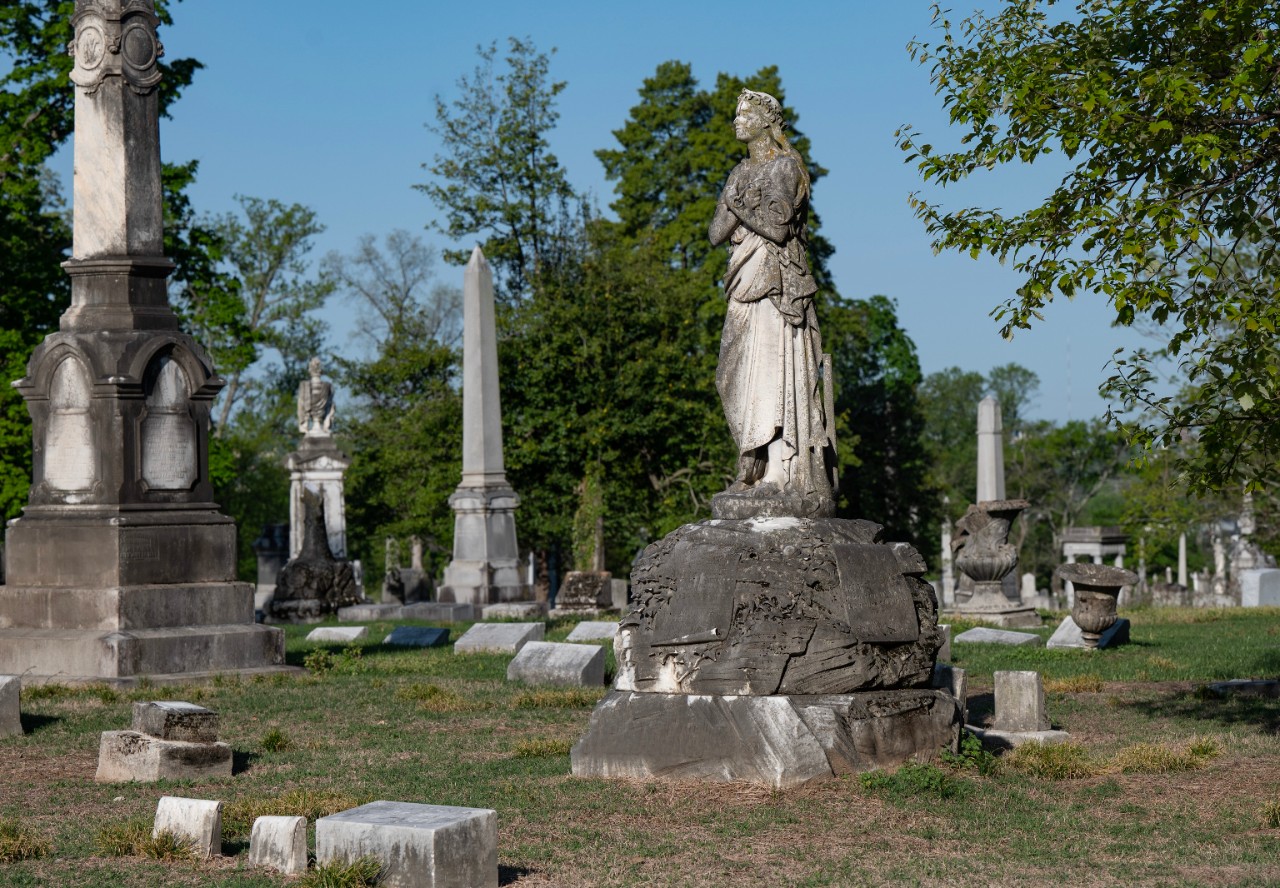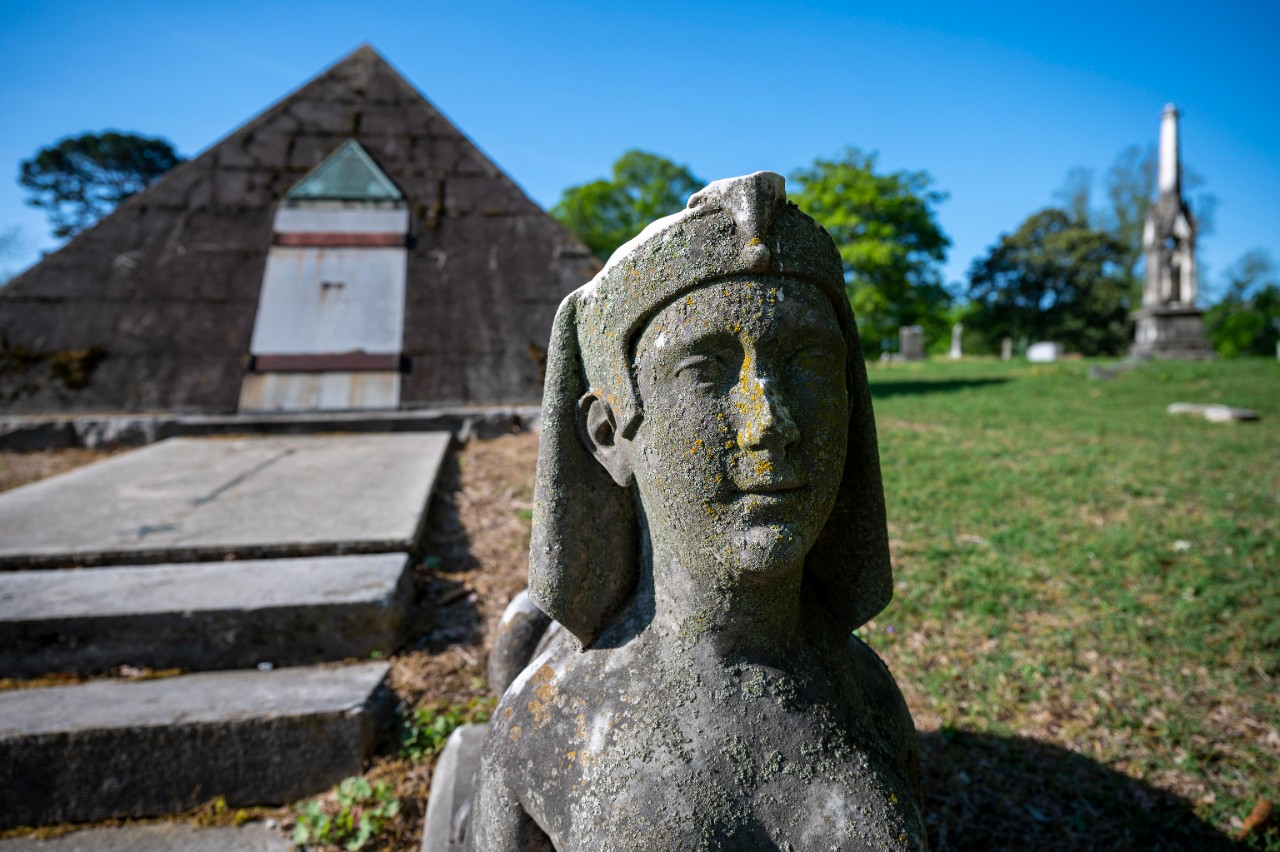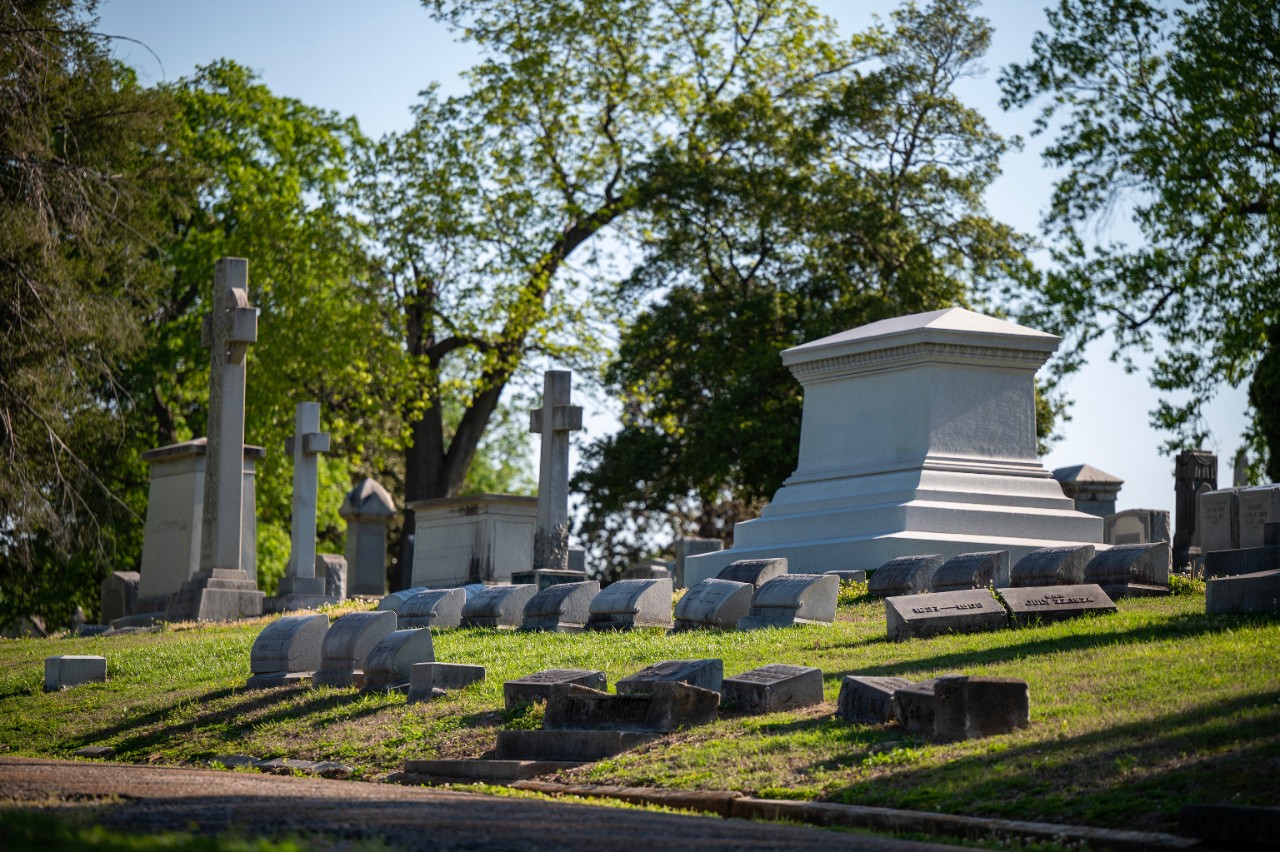Statewide Cemetery Map and Tennessee Historic Cemetery Register Debuts
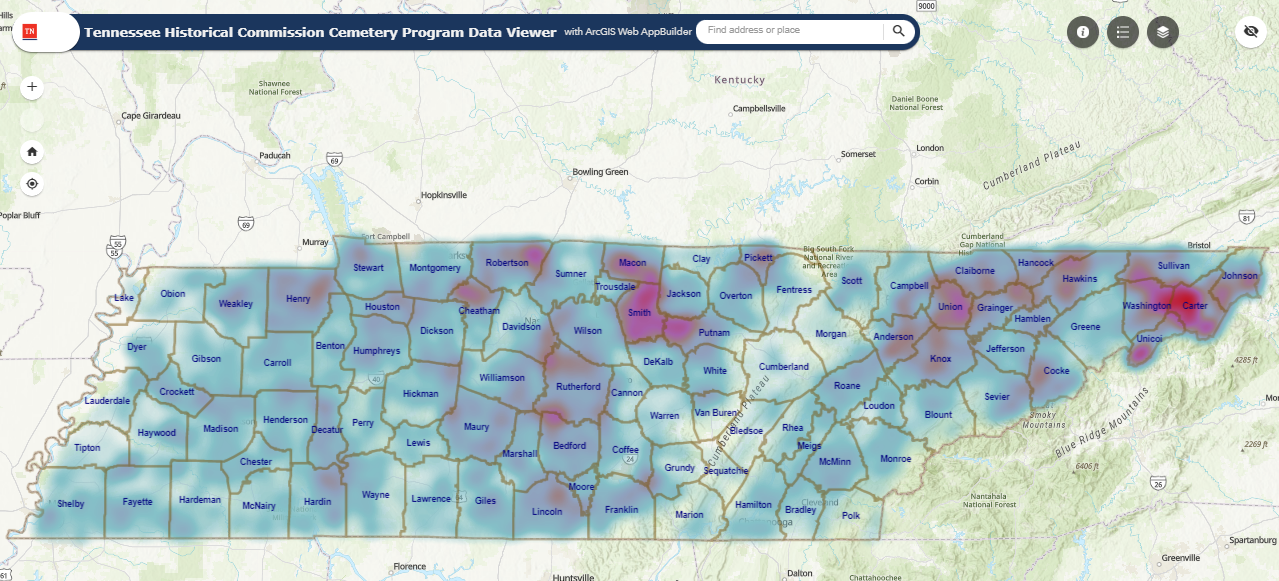
By Graham Perry
In April the THC’s Historic Cemetery Preservation Program released the Statewide Cemetery Map and Tennessee Historic Cemetery Register. “These are key accomplishments in the development of the Commission’s Historic Cemetery Preservation Program,” notes Executive Director Patrick McIntyre. Available in ArcGIS format, the cemetery map has been populated through the State’s cemetery database and contains almost 33,000 cemeteries. The map should be helpful not only to historians, family members, and genealogists but also to purchasers of property, developers, and government entities needing to research cemetery locations.
Historic Cemetery Preservation Specialist, Graham Perry, has worked closely with Rachel Shultz, Andrew McDonagh, and Leah Fuller from the Tennessee Department of Environment and Conservation as well as ETSU graduate assistant, Heather White, under the supervision of Dr. Eileen Ernenwein to bring this map to fruition.
The Tennessee Historic Cemetery Register is an honorary designation and a research tool. The register documents historic cemeteries across the state for the purpose of preservation efforts. Eligible cemeteries will receive a certificate and the option to purchase an official sign noting its inclusion in the register. Applications and additional information about the Tennessee Historical Cemetery Register and the Statewide Cemetery Map can be found on the Tennessee Historical Commission website.
Mount Olivet Cemetery listed in the Tennessee Historic
Cemetery Register
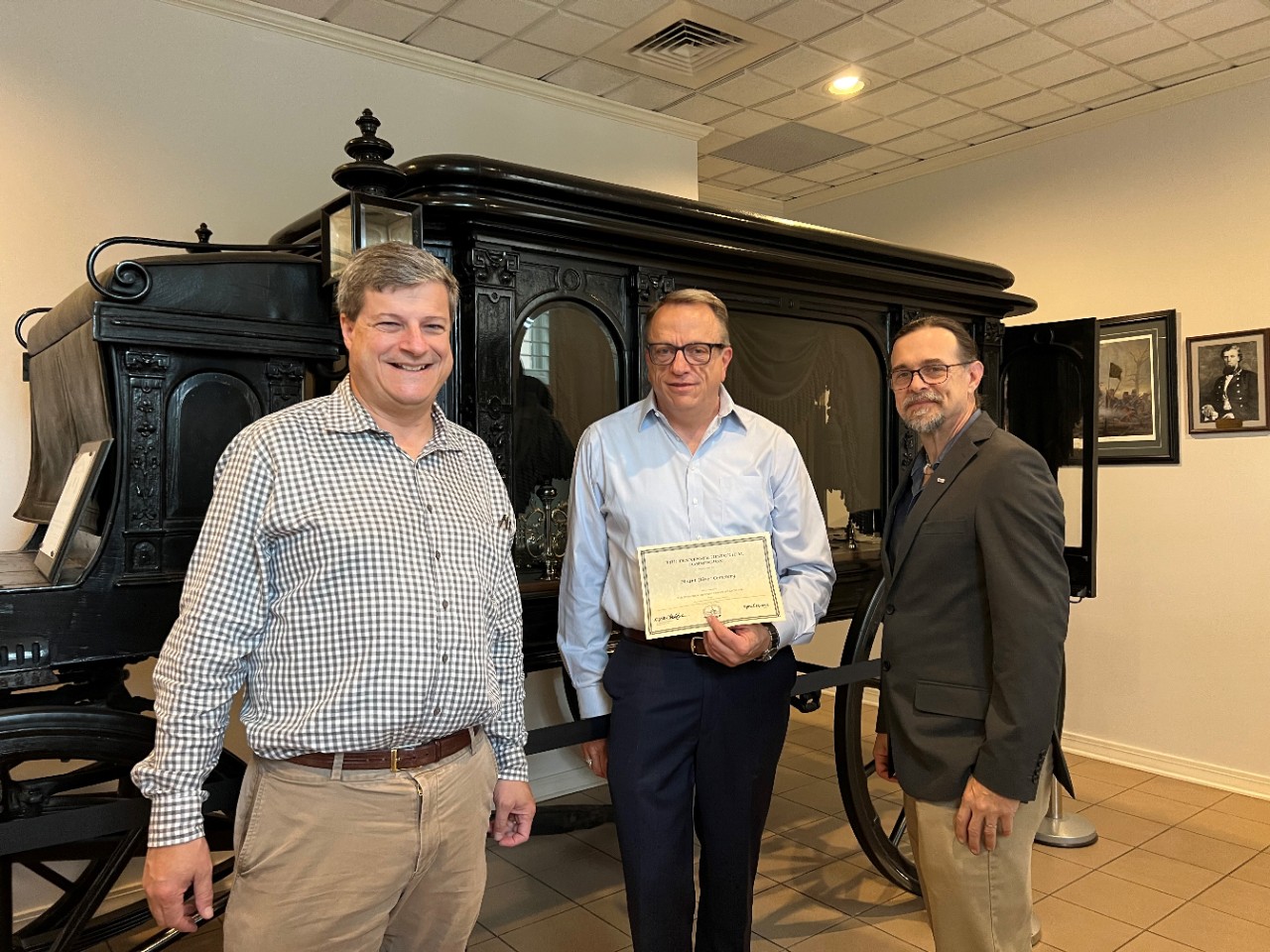
After the cholera outbreak of the 1830s and 1840s, Nashville needed a cemetery outside of city limits for public health safety. Mount Olivet Cemetery was founded in 1855 by Adrian Van Sinderen Lindsley and John Buddeke. The 206-acre cemetery was outside of Nashville city limits, but still close enough to serve the community.
Many local, state, and national politicians, as well as the family of Nashville’s founders are buried at Mount Olivet. Other notable burials include Major Eugene C. Lewis, who was the director of the Tennessee Centennial Exposition and built the original Parthenon.
Additionally, Rep. Andrew Price is buried at Mount Olivet. Price served four terms as a United States Representative from Louisiana, from 1889-1897. He graduated from Cumberland School of Law in Lebanon, TN. The Price family was the second family to own Clover Bottom Mansion, the offices of the Tennessee Historical Commission. They owned the mansion for over 30 years, until 1918. Price would restore the home and added several outbuildings, raising livestock and thoroughbred horses.
The cemetery was listed in the National Register of Historic Places on November 25, 2005. It is the first cemetery listed in the Tennessee Historical Cemetery Register.

